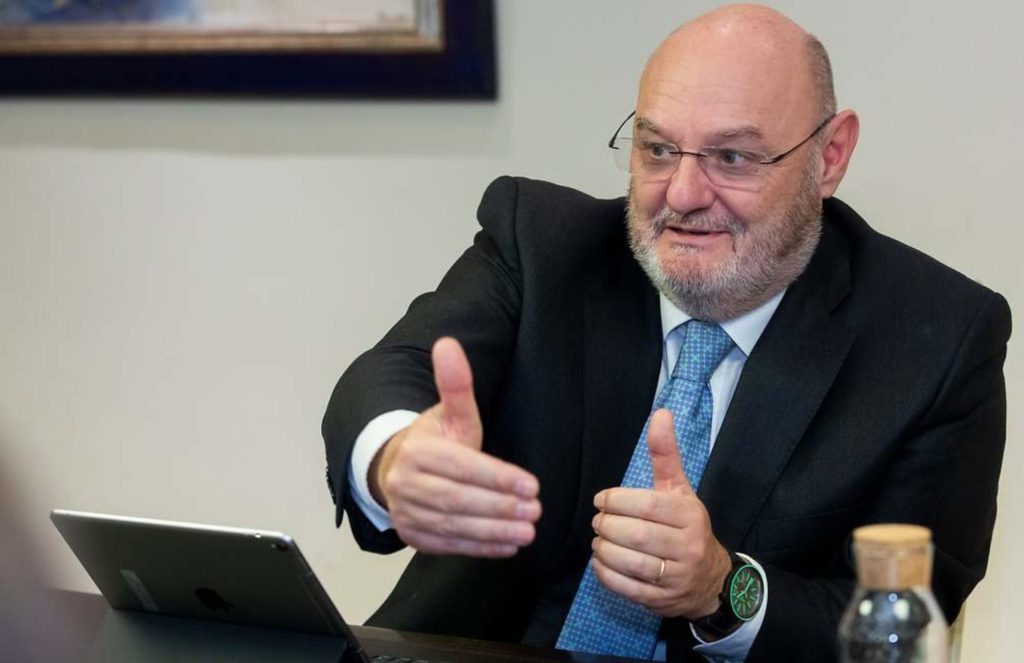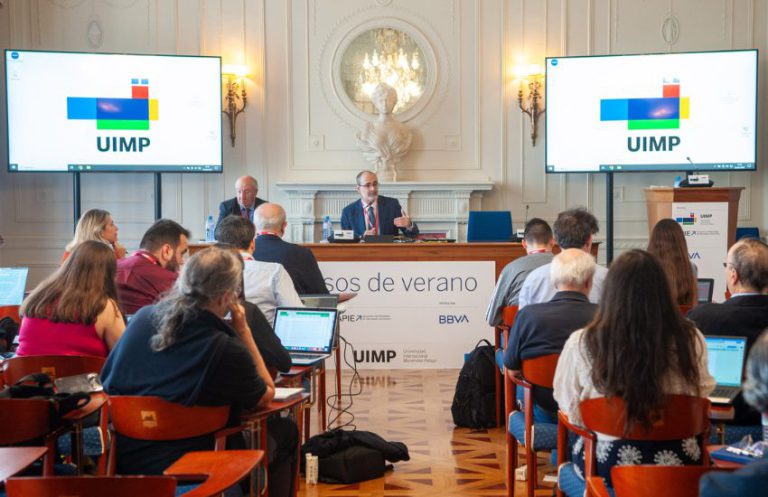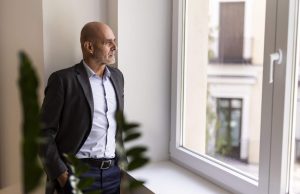Finresp (Spanish Centre for Responsible and Sustainable Finance) was conceived in 2019 and launched in January 2020, just before the outbreak of the Covid-19 pandemic. This platform brings together five associations: AEB (Spanish Banking Association), CECA (Spanish Confederation of Savings Banks), Inverco (the association of fund managers), UNESPA (the association of insurance companies) and UNACC (the National Union of Credit Cooperatives). It is also an initiative integrated into a global network of similar United Nations centres. José María Méndez, CEO of CECA, chairs this platform since May 2023. He explains that his priority at the moment is to discuss the Sustainable Finance Plan that the government is preparing. On 11 January, Pedro Sánchez announced the publication of a Green Paper on sustainable finance and the creation of a Sustainable Finance Council. Finresp has already scheduled a date for its big annual event, which will bring together the entire industry: it will be held on 14 March.
Looking ahead to the coming months, what is your priority objective as Chairman of Finresp?
One of Finresp's roles is to collaborate with all regulatory bodies in the development of the regulatory framework for responsible finance. The focus is now on the Sustainable Finance Plan and the Green Paper on sustainable finance that the government intends to launch. As the Prime Minister has publicly announced, his aim is to release this year, at least for consultation purposes, a Green Paper on Sustainable Finance and to set up a Sustainable Finance Council. This is crucial for us. We understand that we are facing a major challenge, which requires public-private cooperation; therefore, [it would be desirable] to establish cooperation and collaboration bodies. At Finresp, we are looking forward to receiving a draft of the project. This would be the most relevant objective for this year: discuss with the authorities a sustainable finance plan for Spain.
And what would Finresp propose?
There are four areas where we are ready to make this effort in sustainable finance. The first is disclosure. Although the bulk of the information is already being standardised at the European level with the SFDR [Sustainable Finance Disclosure Regulation, the European Disclosure Regulation for Investment Funds] directive, the goal is to standardise the information provided by institutions. A second aspect is how we engage with our customers to understand their sustainability preferences through suitability testing, in order to sell them products that are in line with their expectations. The third aspect is risk: entities have already incorporated both physical and transitional environmental risk into their risk analysis. Physical risk entails factoring into your borrower's risk analysis the eventuality that climate change will result in losses. And transition risk refers to the possibility that, if you finance entities that are on a decarbonisation pathway, you may be disadvantaged by losses from not moving towards these decarbonised economies. The fourth aspect, which should also be included in this Sustainable Finance Plan, is that all entities, which already have their environmental, social and governance objectives, should look for best practices and metrics.
In relation to the Disclosure Regulation for sustainable funds, should the names not be simplified, given the complexity for the retailer in understanding names such as 'Article 8' and 'Article 9'?
Yes. Even so, these products have been impressively successful. Almost one third of the assets in investment funds are already in Article 8 or 9. This means that there are more than 7 million unitholders in Spain who have invested in them. And in pension funds, which is a segment that has lower volumes, there are around 4 million. What strikes me most are the year-on-year growth rates, which are in double digits, up to €113 billion, which is already sitting in these investment funds. But we can continue to make it more sophisticated, and simplify it to provide more information to customers, until we obtain uniform product labelling. But this cannot be done only in Spain, because there is a lot of cross-border marketing of funds; not only CNMV-registered funds are sold in this country, but also European Union products.
But do you think it is important to simplify these fund labels?
Yes. In general, the Sustainable Finance Plan, and this entire discussion, is very important, because the goal is very ambitious. It is about changing the production model in Europe to make it more compatible with the environment. The financial system is the circulatory apparatus, we are decisive and essential in this change of production model. But we also need to be clear about our role. It is our responsibility to finance renewable energy and green projects, but also to finance the transition. The economy is currently carbon-based. We must continue pursuing the decarbonisation pathways of the entities and finance their transition. It is not just about financing what is green. This is a crucial role in this change in the production model.
To what extent is financing cheaper when it is sustainable financing?
I believe that this cannot be proved. It depends on other variables, such as market appetite. I think it is difficult to calculate the green premium. At present, I do not believe that the market will infer a higher return on a green bond than on a non-green bond.













